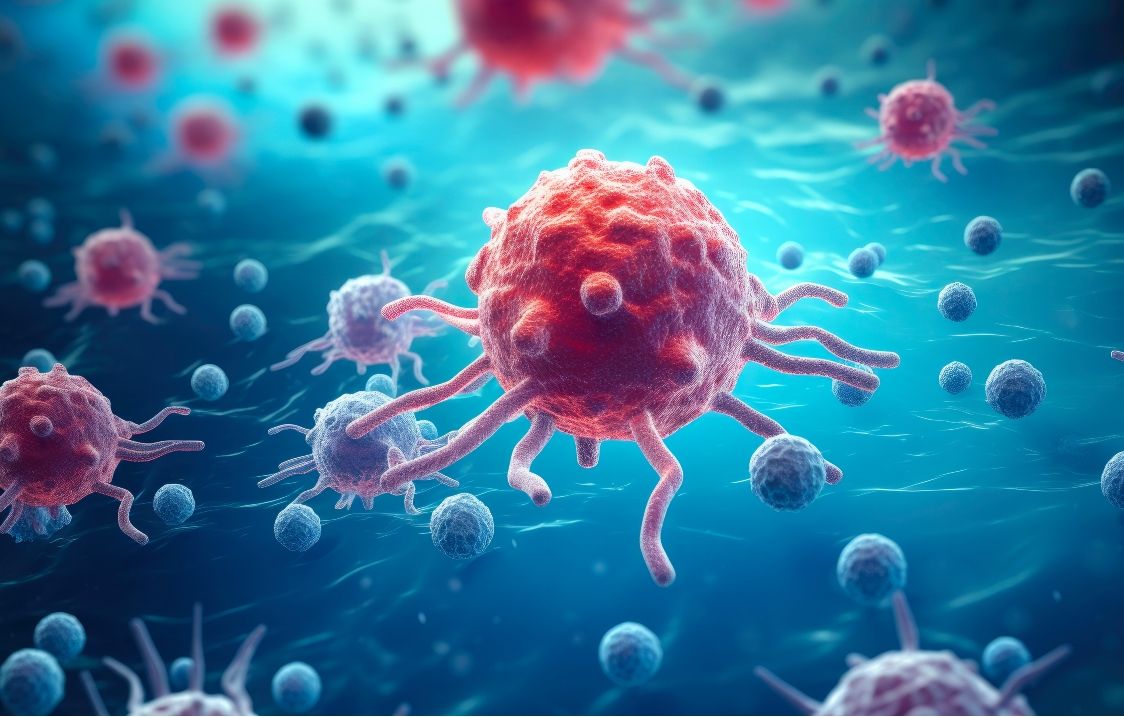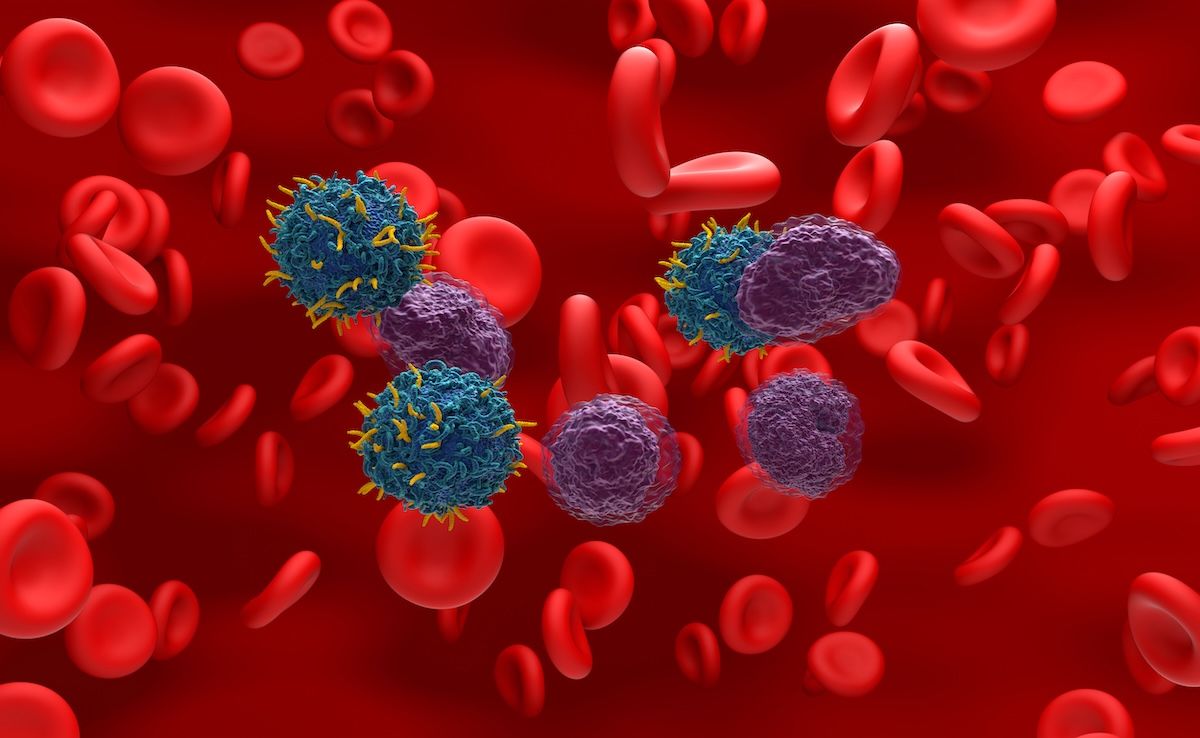Article
Long-term Survival Increasing in Patients With Hematologic Malignancies
Author(s):
New advances in therapy have led to better long-term survival rates in patients with hematologic malignancies, but there are some caveats to the good news.
Patients with hematological malignancies are enjoying better rates of long-term survival, according to a new analysis, though late mortality remains a challenge.
The findings, which were published this month in the Blood Cancer Journal,1 show that broadly speaking, long-term survival from cancers such as multiple myeloma (MM), acute lymphoblastic leukemia (ALL), acute myeloblastic leukemia (AML), chronic lymphoid leukemia (CLL), chronic myeloid leukemia (CML), non-Hodgkin lymphoma (NHL), and Hodgkin lymphoma (HL) have improved over the past 20 years. However, the data also show that survival rates drop for most these malignancies between the 10th and 20th year following diagnosis, according to corresponding author Dianne Pulte, MD, of the German Cancer Research Center, and colleagues.
Pulte and co-authors say they were interested in writing about the topic because, while improvements in 5-year survival in these cancers have been documented in many of these areas, less has been written about longer-term survival. Moreover, the treatment of many hematological malignancies has been dramatically reshaped in recent years by new therapeutic paradigms, such as tyrosine kinase inhibitors (TKIs).
The investigators used the so-called “boomerang” method2 to calculate survival, and extracted data from the Surveillance, Epidemiology, and End Results (SEER) database, which includes data from 9 regional cancer registries in the United States dating back to 1973.
Using the boomerang model, Pulte and colleagues looked at 10-year and 20-year relative survival (RS) for patients in the years 2002-2006 and compared it to a decade later, 2012-2016.
The authors found increases in 10- and 20-year survival rates in all of the categories examined. At the low end of the spectrum, RS increased by +4.4% units in 20-year survival in AML. At the high end, 10-year RS for CML increased by +23.1% units, the authors found. CLL, CML, HL, NHL, and diffuse large B-cell lymphoma (DLBCL) all had increases in 10-year RS of more than 50% in the 2012-2016 analysis. CLL had the highest 10-year RS, at 77.1%.
Still, Pulte and colleagues said the results were less satisfactory in the second decade following diagnosis.
“One notable finding is that for all conditions examined except for AML and arguably AML in younger patients there was a major decrease in survival between 10 and 20 years after diagnosis,” they write, noting that it was even true for NHL, which is considered curable.
One reason, the investigators suggest, could be statistical; it is possible the boomerang method underestimated survival of these patients due to the availability of therapies that were not available during earlier time frames included in the study. They also note, however, that some data imply that late relapses might be a problem in patients with DLBCL.
“Taken together, these results suggest that a component of late relapse or increased risk of mortality from other causes, including late effects of treatment, may contribute to the decreased long-term survival even in cancers that may be curable,” the authors write.
Additional study into possible long-term toxicities of treatment would help shed light on the issue, Pulte and colleagues add.
One surprise among the data, the investigators note, is that survival rates in ALL appeared to increase in the second decade. This may be a statistical anomaly attributable to a low number of cases in the study, they write.
“It is possible, but less likely, that better than average medical monitoring or better health habits in survivors of cancer led to a decreased risk of death due to other causes at some time points,” the authors say.
References:
- Pulte D, Jansen L, Brenner H. Changes in long term survival after diagnosis with common hematologic malignancies in the early 21st century. Blood Cancer J. Published online May 13, 2020. doi:10.1038/s41408-020-0323-4
- Devlin SM, Ostrovnaya I, Gönen M. Boomerang: A method for recursive reclassification. Biom. 2016; 72(3):995-1002. doi:10.1111/biom.12469





